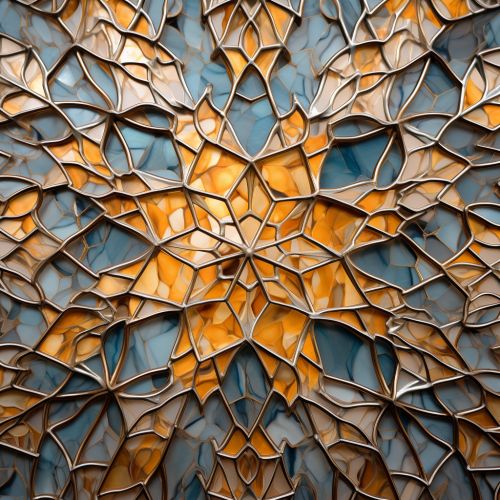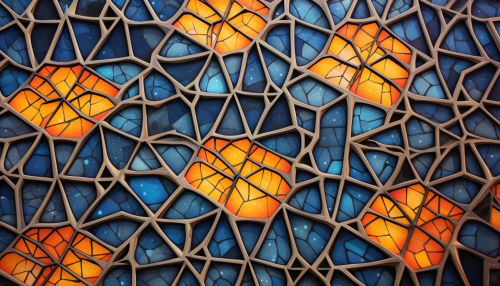Quasicrystals and Material Properties
Introduction
Quasicrystals are a unique form of solid matter that exhibit a peculiar type of order, different from the periodicity seen in traditional crystals. Discovered by Dan Shechtman in 1982, these structures have forced scientists to redefine what constitutes a crystal, leading to a broader understanding of matter and its properties.


Structure of Quasicrystals
Quasicrystals are distinguished by their unusual atomic structure. Unlike conventional crystals, which are periodic and exhibit translational symmetry, quasicrystals are aperiodic and do not repeat exactly in any direction. Instead, they exhibit a property known as quasiperiodicity, which means that while they do not repeat exactly, they exhibit a certain degree of regularity.
The atomic arrangement in quasicrystals is governed by mathematical rules related to the golden ratio, a mathematical constant often associated with aesthetics and design. This results in atomic structures that are both ordered and non-repeating, leading to the formation of complex, intricate patterns.
Material Properties of Quasicrystals
The unique structure of quasicrystals gives rise to equally unique material properties. These include low thermal and electrical conductivity, high hardness, and low friction coefficients.
Quasicrystals are poor conductors of heat and electricity due to their aperiodic atomic structure. The lack of long-range periodicity in these materials disrupts the propagation of heat and electrical charge, leading to low conductivity.
The hardness of quasicrystals is attributed to their complex atomic structure. The non-repeating, tightly packed atomic arrangement makes it difficult for dislocations to move through the material, resulting in high resistance to deformation and thus high hardness.
Low friction is another notable property of quasicrystals. This is believed to be due to their unique surface structure, which prevents adhesion and reduces friction.
Applications of Quasicrystals
The unique properties of quasicrystals make them suitable for a variety of applications. Their low thermal conductivity makes them ideal for use in thermal insulation. Their high hardness and low friction make them useful in applications where wear resistance is crucial, such as in the manufacture of certain types of cutting tools and coatings.
Quasicrystals are also used in the field of photonics, where their unique optical properties are exploited to manipulate light in novel ways. For example, they can be used to create photonic quasicrystals, which are materials that exhibit a quasiperiodic variation in refractive index. These materials can be used to control the propagation of light in ways that are not possible with conventional photonic crystals.
Future Research
Despite the significant progress made in understanding quasicrystals since their discovery, there are still many unanswered questions. Future research will likely focus on further elucidating the properties of these materials and finding new ways to exploit them for technological applications.
In particular, there is significant interest in understanding the mechanisms that govern the formation of quasicrystals. This could potentially lead to the development of new methods for synthesizing these materials, opening up new possibilities for their use.
